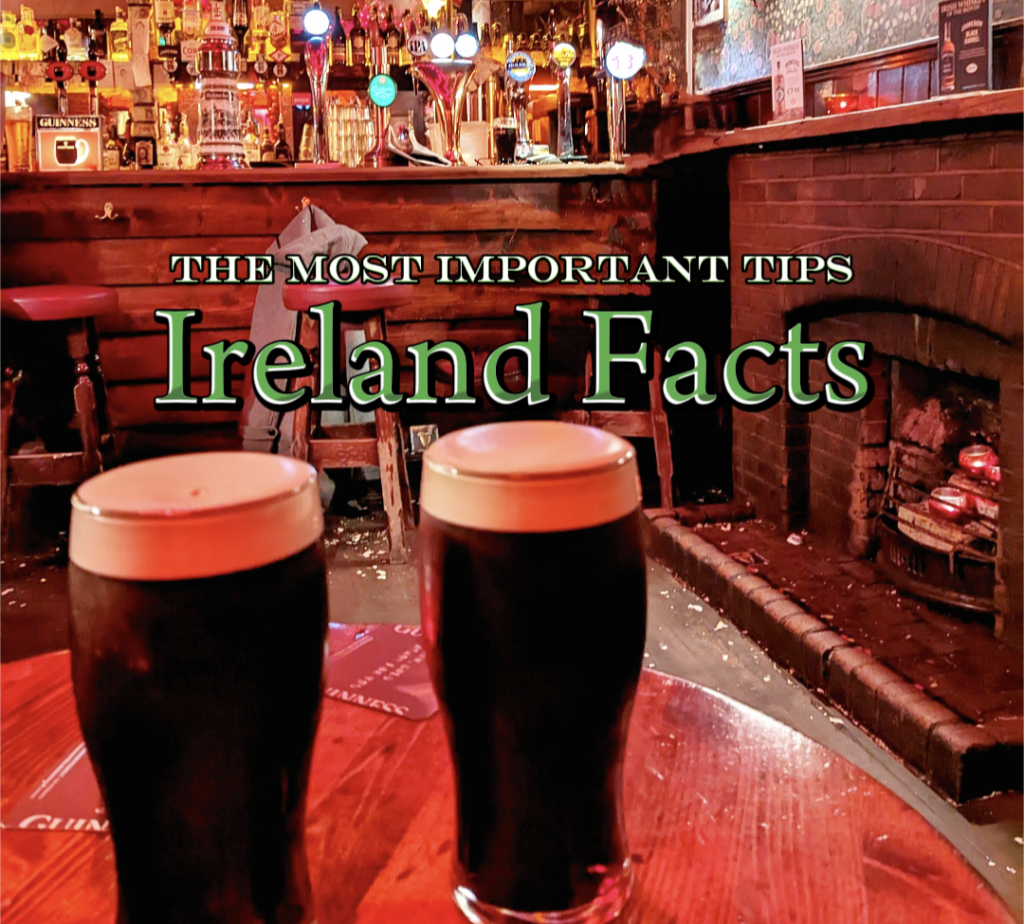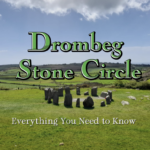Last updated on March 16th, 2025 at 10:40 am
If you are planning to visit Ireland for the first time, then you must know some of the local Irish traditions, rules, and values.
These funny Ireland facts and insights are from real Irish people and are half serious, yet half craic. What is craic you say, well then read on!
Ireland Facts – What does “Craic” mean in Ireland?
Starting with the first of our interesting Ireland facts is the word – “craic” (pronounced “crack.”)
Craic is a word that you are guaranteed to hear at some point on your Ireland holiday. Craic is an Irish word that roughly means having fun, a good time, and news.
For example, – good craic, deadly craic, mighty craic, brilliant craic, savage craic, the craic was 90.

All are examples which mean – a good time. If someone asks you – What’s the craic? It doesn’t just mean – How are you, any news? It’s an invitation to share a story join in the fun, and engage in lively banter!
Funny Ireland Facts: 10 Notable Irish Terms and Words
Now that we know the word craic, Let’s learn more Irish terms and words you are likely to come across.
- Feck – Irish people swear a lot, but not in an aggressive manner, more a bit of a craic manner. The word Feck is just a nicer way of saying the more offensive word – F..k
- Grand – Everything can be grand but the term is usually referred to something to signify something beautiful ( For example, when your partner asks you; how do I look? – Grand) wonderful, great, or just OK!
- Shite – This is a more offensive word of sh.t! You can use sh.t in a positive sentence, compared to shite which will always be negative. For example – That’s some funny shit, and that was a load of shite!
- Deadly – Quite the opposite of death, this word means something was brilliant!
- Eejit – It is a less insulting word than an idiot, said in a soft banter kind of way when you do something foolish.
- Savage – Like the word Craic. It is a positive word that translates roughly to class, cool awesome. For example – Happy Irish Wanderers are savage!
- Culchie – The people from Dublin think anyone that is outside the capital city is a country person, this is also known as a Culchie.
- I will yeah – If you ask somebody a question and this is the reply you get, then they are politely telling you no way and to feck off.
- On the piss – This means that an individual is drinking.
- Top O the Morning to ya – I can GUARANTEE you that not one Irish person has ever used that term! If you use that term to an Irish person you might get a polite smile but he is most definitely thinking you are a full-blown eejit!
Now that we’re familiar with the term “Craic” and other Irish slang words. Let’s put it to the test and get ready to learn about one of Ireland’s most renowned cultural and societal institutions – The Pub!
Interesting Ireland Facts: Irish Pub Etiquette
Ireland fact – The best pubs in the world are in Ireland!
This is owed to the welcoming atmosphere, hospitality, great craic, banter amongst friends and strangers, serious conversations and shite talk, live music, sense of community, and most importantly – The indulgence of delicious creamy pints!
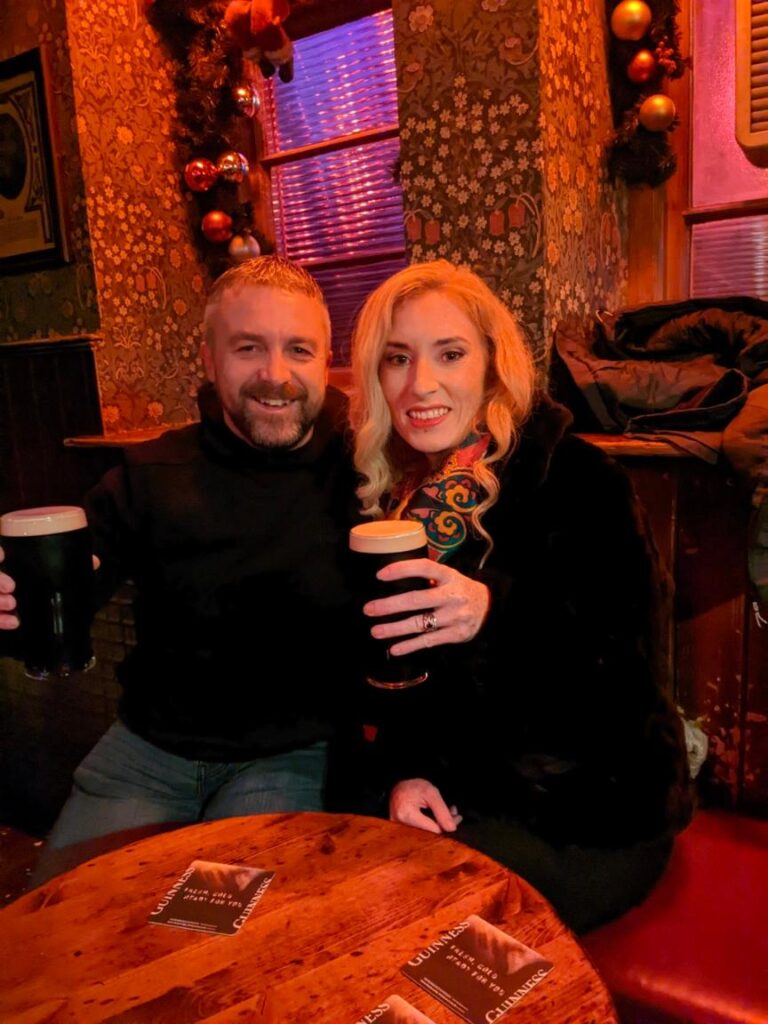
The term “pub” originates from “Public House.”. A public house is open to all and welcomes everyone. You come to a public house to get the latest news/gossip, watch a sports match with a grand atmosphere, or maybe just get out of the house for a while when the weather is shite!
We personally believe Ireland has such a strong drinking culture because of the weather factor.
It brings Irish people out to cozy pubs and allows you to socialize whilst sitting next to a fireplace with some Irish tunes in the background and enjoying a drink with your friends, neighbors, or strangers.
It doesn’t matter who is next to you in an Irish pub, there will be craic!
Ireland Facts – A Round
It’s part of the Irish pub religion to buy rounds of drinks if you are out with a group. Each person takes a turn buying a round for the whole group. But don’t be that person who buys cheap beers or half pints by “accident.”
What is even worse is, when the rounds have gone around and you are that person who must be reminded that it is your round. In case you are unaware, all Irish people will know whose round it is, fact!
Ireland Facts – Guinness
A cultural icon and the most popular pint in Ireland. It’s customary to enjoy a pint of Guinness when visiting a pub in Ireland. But did ya know there is an art to pouring and drinking Guinness?
An Ireland fact is that pouring a pint of Guinness is an art that has been made to perfection! It is poured in a two-step process.
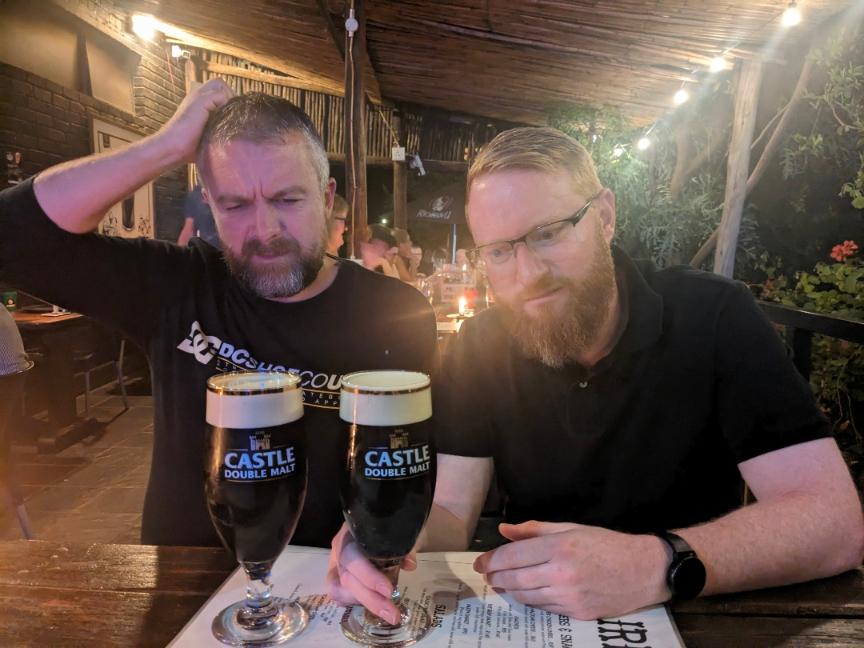
Firstly, you fill the pint glass three-quarters full (This MUST be a Guinness pint glass) then allow the pint to settle for approximately 2 – 3 minutes before topping it up to the very top. This technique creates the famous cascading effect and delicious creamy head.

Next up is the really fun part – drinking the perfect pint of Guinness. While you can leisurely sip on a pint, the best way is to treat the pint as a game of golf, every pint is a par 4.
If unfamiliar with golf, a par 4 allows you four shots to sink the ball. Similarly, in Guinness terms, it means consuming your pint in four delicious sips.
At the start of your drinking session, your initial sip should be what’s known as “Splitting the G.”
Among Guinness enthusiasts, this phrase refers to the act of taking your first drink and aiming to balance the liquid level with the middle of the “G” of the Guinness logo on the pint glass.
All that remains now is that you have to do is enjoy each sip of your pint, easy and fun!
There are a lot more other delicious and local pints on offer such as Beamish, Murphy’s, Smitwicks, Harp, and if you want something refreshing try Bulmers Cider, also known as Magners.
Ireland Facts – Sláinte
This phrase will be used for your first and every new drink after (Sláinte is pronounced slawn che.) It is the Irish equivalent of cheers and it translates to health. When you cheers, you clink your glass and take a drink.
Do NOT say Sláinte, clink your glass and put it down without taking a drink – When you clink you drink!
Ireland Facts – Last Orders
These are feared and dreaded words for the punters. Last orders mean last orders! Everyone will rush to the bar to get one more round in before the bar shuts for the night. If you are not on rounds anymore you will most likely order 4 pints and a few double vodkas…. just for yourself!
Ireland Facts – A Lock-in
If luck is on your side and you are in the right place at the right time you may experience a “lock-in”. This is when the barman closes the pub but the regulars are allowed to stay for extra drinks after “Last orders”. This is nearly equivalent to winning money on the Lotto.
Smoking is strictly prohibited in all Irish pubs, but during a lock-in, this rule may also be overlooked.
Ireland Facts: 5 Strange But Traditional Irish Customs
These are some customs that Irish people practice everywhere, and they are not just practiced in Ireland, we do this while abroad as well!
- Thank the bus driver – When getting off the bus make sure you thank the driver for getting you to your stop safely.
- Pedestrian Crossings – An unofficial traffic rule we have in Ireland is that you must thank and wave at the driver of the car who stops for you at the zebra crossing.
- Birds that bring evil – If you are in a car and spot a single magpie, make sure to salute that magpie, or else you will have bad luck.
- A sing-song – If you are in a pub and someone decides to sing a song, then it is forbidden for the rest of the patrons in the pub to speak. Should you speak, then you will hear many sshhhhhh directed towards you, even if that song has 32 verses!
- A disappearing trick – You are sitting next to a person at a party or in a pub for hours, but suddenly that person has vanished. This is called an “Irish Goodbye or an Irish Exit.” Instead of saying goodbye, the person has snuck off home without telling anyone.
If you’ve made it this far why not consider embarking on the ultimate 2-week Ireland itinerary?
Ireland Facts: Saint Patrick’s Day
Ireland’s national patron saint and the reason why many Irish men are called “Paddy.” Hence why on the 17th of March we celebrate “Paddy’s day” and not Patty’s…..He is a Saint, not a burger.
On our national Public holiday, we will drink many drinks, but none of these drinks will be colored green….Why? Because why would you drink a green drink?!
Saint Patrick is most famous for bringing Christianity to Ireland and driving out the snakes. Rumor has it, that some snakes survived and are now in the Irish government…..

When Paddy brought Christianity to Ireland it meant the end of the pagan and Celtic ways. He used a Shamrock to compare it to the holy cross and that is why a shamrock is today a national symbol.
Oh, and lastly. I forgot to mention that Patrick was Welsh and not even Irish!!
Ireland Facts: What About Irish Food?
We Irish love our food, but are the Irish stereotypical food traditions accurate?
Ireland Facts: Do Irish people really love potatoes?
Yes, it is true. Irish people LOVE potatoes, except we call them spuds. Sometimes you may have a couple of different types of potato dishes served on your dinner plate.
Just like Bubba from Forest Gump once said: Boiled, baked, roasted, fried, mashed, scalloped, soup, croquettes, hashbrowns, we LOVE all spuds!

Sometimes, when getting a Chinese takeaway, we may even order a side dish of French fries, except we call them chips!
However, there is one rule when it comes to potatoes and Irish people.
Listen carefully, DO NOT start saying the word potato with the worst Irish accent, to any Irish person anywhere in the world, EVER! Trust me when I say, it is the most annoying thing you can do and you will be considered a lot more than just an eejit!
Ireland Facts: What are Taytos?
Taytos are part of many Irish people’s daily staple snack, but what exactly is it? Sorry, but they are just crisps, or chips if you are from North America.

Tayto is in fact an Irish brand for crisps, but we call every crisp a tayto! Unless you are from Dublin, where they call it by the correct brand name.
Here’s a simple Tayto recipe – Take two slices of bread, put some real Irish butter on them, put taytos on next, and cut the sandwich in half – Simple and delicious!!
Ireland Facts: A Full Irish Breakfast
This is comfort food at its finest! Plenty of protein and carbs in lots of fried food. you won’t find any avocado, Greek yogurt or muesli here,
So what is an Irish breakfast? – Also known as a “Fry up”. A full Irish breakfast is a large feast of many different components with lots and lots of toast. The amount of sandwich combinations is mind-blowing.
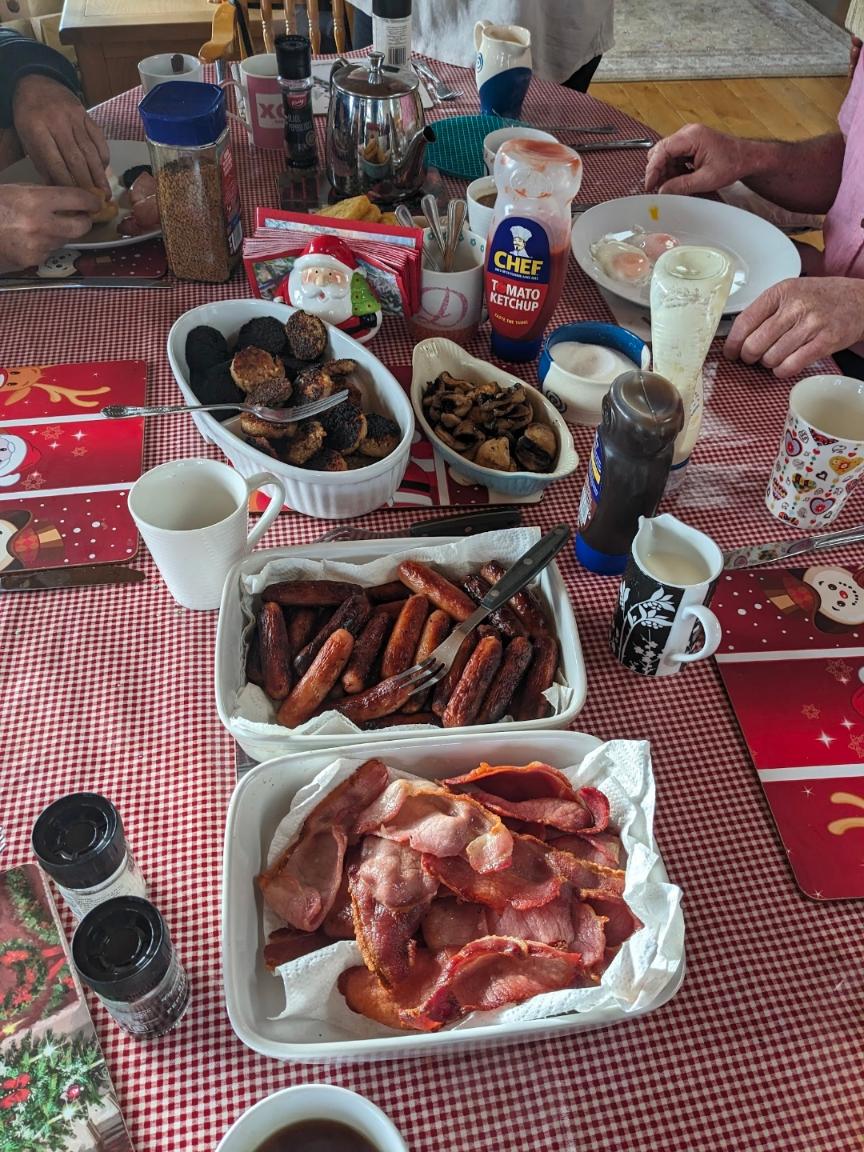
An Irish breakfast consists of; sausage, rashers, black pudding, white pudding, fried eggs, fried tomatoes, mushrooms, hashbrowns, and beans.
All of these foods will be fried, yes even the beans go into the frying pan! The beans go in at the end, of course, we are not eejits!
Some confusing components of the Irish breakfast for non-Irish people
- Rashers – Just another word for bacon.
- Black pudding – A type of sausage made of blood and grains. Even though this may sound disgusting, black pudding is 5 stars on the deliciousness meter.
- Hashbrown – We need our spud fix with everything!
What makes an Irish Breakfast so good is that you can also have it for your lunch or dinner. But only have one per day, and make sure to have at least 3 cups of tea afterward.
Ireland Facts: Halloween Originates From Ireland
Back in the day when the Celts lived in Ireland, they would celebrate the end of the harvest season and the beginning of winter, this was called – Samhain and is pronounced sow-in.
Samhain was celebrated around October 31st and involved various customs, including lighting bonfires and wearing scary costumes made out of animal skins and bones to ward off spirits.

It was believed that during this time, the boundary between the living and the dead was blurred, allowing spirits to return to Earth. People would offer food and presents to these spirits to protect themselves from evil.
In the 9th century, the Christian church established All Saints’ Day on November 1st to honor saints and martyrs, and the evening before became known as All Hallows’ Eve, eventually evolving into Halloween.
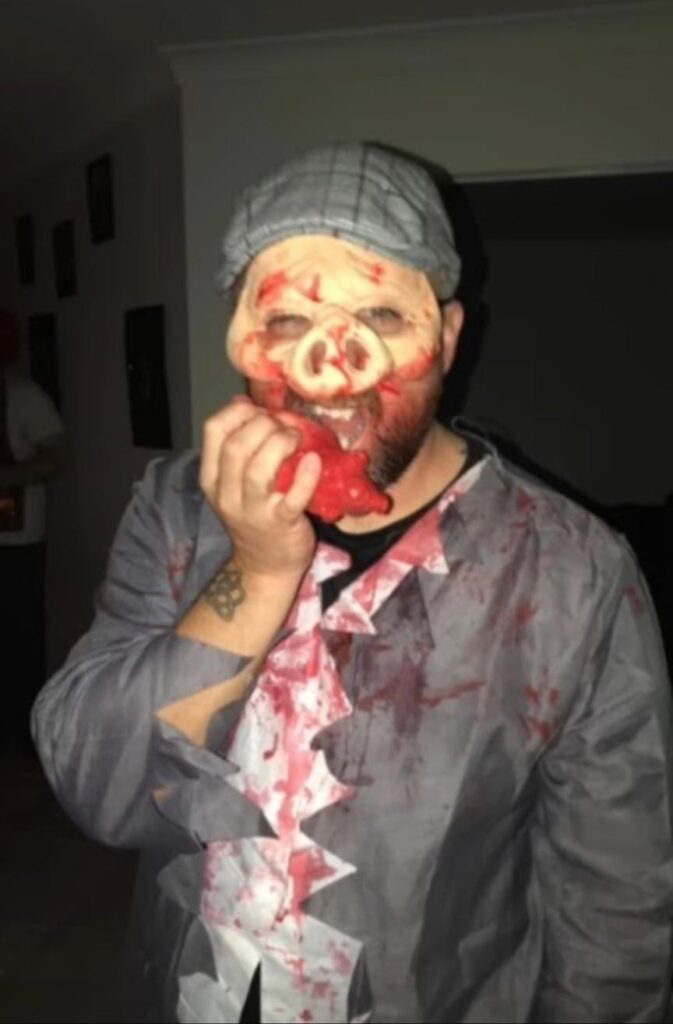
When many Irish immigrants moved to North America they brought these ancient Celtic traditions with them and today’s Halloween and its new customs were created.
Jack O’ Lantern
The origin of the Jack o’ Lantern dates back to an old Irish folktale about a character named Stingy Jack who was a deceitful and cunning man who managed to trick the Devil on multiple occasions. After his death, Jack was denied entry into both heaven and hell.
As a lost soul wandering in the darkness, Jack carried a hollowed-out turnip with a burning coal inside, which he used as a lantern to light his way. This gave rise to the term,” Jack o’ Lantern.”
In Ireland and Scotland, people traditionally carved scary faces into turnips or potatoes and placed them near doors or windows to ward off Stingy Jack and other wandering spirits on the night of Samhain (October 31st).

When Irish immigrants brought this tradition to North America, they discovered pumpkins, which were larger and easier to carve than turnips, and thus, the tradition of carving pumpkins into jack-o’-lanterns became popular during Halloween.
Ireland Facts: What’s Ireland Weather Like?
The weather in Ireland can be extreme. You may experience beautiful sunny skies in the morning with a storm warning in the afternoon……
But we thank God, the heavens gifted Ireland with far-from-perfect weather. Because, if our skies were sunny constantly, the country would come to a standstill due to the productivity dwindling to zero, and the entire nation being on the piss!
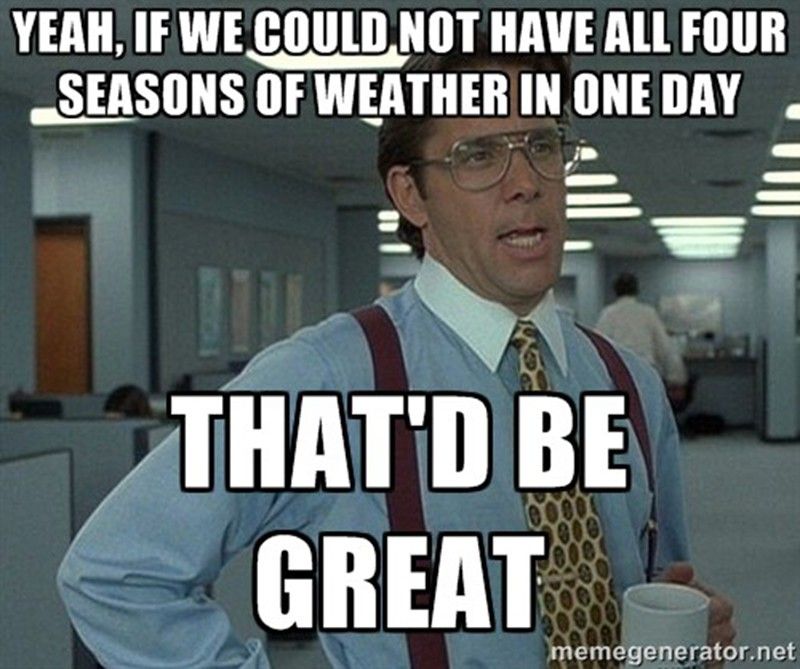
What this means is that for your Ireland holiday, you must wait till the last minute to pack your bag, because it can be very sunny or very wet, nobody knows, not even the meteorology bureau.
It’s best to pack your bags at the eleventh hour at the very last minute to bring the correct clothing.
Essential Items to Bring When Visiting Ireland
Finally, let’s take a look at what essential items you must bring with you on your Ireland holiday.
This is a small list with only 2 necessary items – Make sure to bring your drinking boots with you, and most importantly – A big sense of humor!
Now you know what to expect when you visit Ireland, why not check out below what there is to see in a more serious article – 101 of the Greatest Attractions in Ireland.
We hope you enjoyed this article and had a giggle or two.
If you take these Ireland facts on board, then you are sure not only to survive your first visit to Ireland, but we are certain that you will have the absolute time of your life!
Please leave us a message below about how you got on, or contact us through our socials.
Slán go fóil


This post contains affiliate links. If you click on the links to make a purchase, we will earn a small commission. This is at NO EXTRA COST to you. This is a free way to support us and allow us to continue to create inspiring adventure travel guides.

